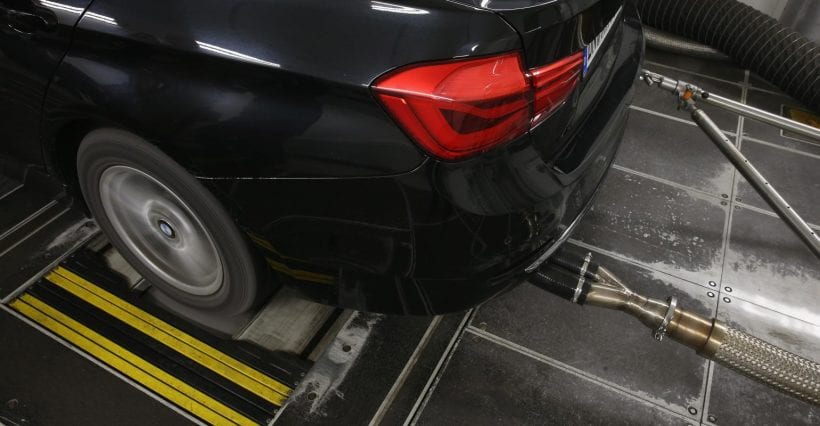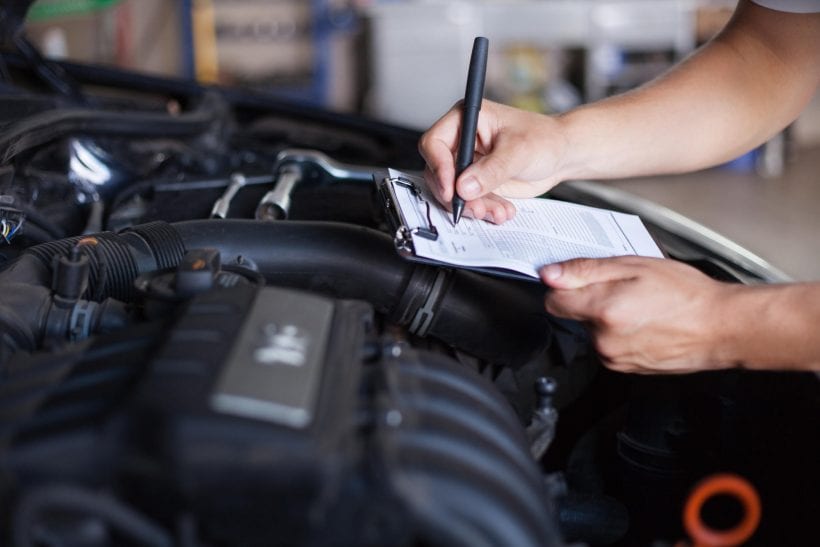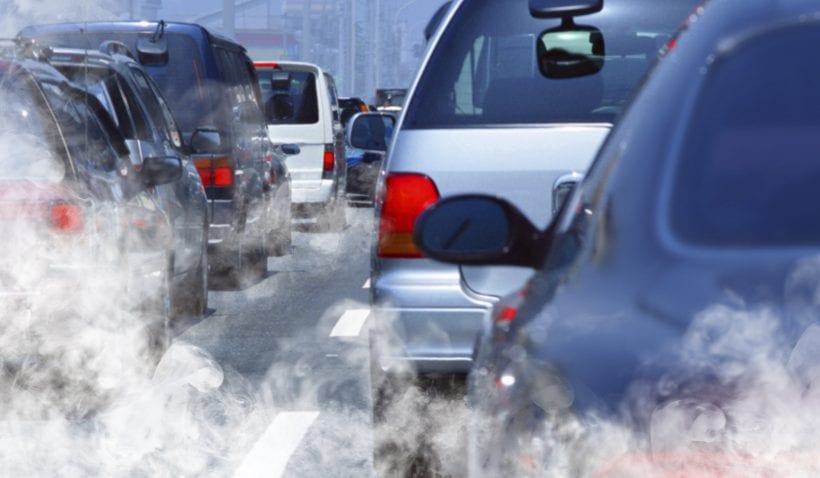When you’re a driver and car owner in California, there’s plenty to think about. Of course, you need to have an understanding of the traffic laws and understanding of vehicle code violations such as driving on a suspended license and driving without a license.
California also adds more to what you need to know in the form of the smog and vehicle inspection guidelines. You have to keep your car up to code, or you’ll face penalties.
So, if you own a car and live in California what should you know? Maybe you’ve lived there for years, and you just need a refresher, or perhaps you’re moving there or have just relocated.
Regardless, the following are important facts and information about vehicle inspections in the Golden State.
Who Has to Get An Emissions Test?
In California, you have to get an emissions test every two years before you can renew your car’s registration. Testing has to be done at a location approved by the DMV.

If you move to California, you have to get an emissions test on your vehicle before you can register it.
As far as smog checks, some counties don’t require it, but many do.
If you’re moving to California and you have a smog testing sticker from out-of-state, it’s not valid in California.
Specific emissions test requirements vary depending on the county, but you should receive a notice in the mail if you’re required to get your vehicle tested. If you check your registration renewal notice, it will have information about smog check requirements as well.
You don’t have to do emissions and smog checks on certain types of vehicles. These include:
- Electric vehicles
- Gas-powered cars produced in 1975 or before
- Motorcycles
- Natural gas-powered vehicles that weigh more than 14,000 pounds
- Diesel-powered vehicles that were made before 1997 or weigh more than 14,000 pounds
Certain counties only require emissions checks within specific zip codes. These counties are San Diego, Riverside, San Bernadino, El Dorado, Sonoma, and Placer.
If you move to California from out-of-state, you’re required to do emissions testing within 20 days of your move to the state. If your vehicle passes the check, you have to bring your smog inspection certificate to register your vehicle. Your smog certification is only valid for 90 days following your inspection, so you have to register your vehicle or renew your registration within that time.
Safety Inspections
The DMV doesn’t require that you get safety inspections in California, nor do you have to do inspections for brakes and lights. You do have to have a vehicle identification number (VIN) inspection if you’re moving to the state and registering your vehicle.
You do the VIN inspection at the DMV.

Smog Abatement Fee
If you have a vehicle that’s six years old or newer, you don’t have to do a biannual smog check. Instead, you pay what’s called a smog abatement fee for the initial six years after you register that vehicle. Once those six years are up, you then have to participate in the smog check program.
The smog abatement fee isn’t applicable if you have a non-resident vehicle, or you have specially constructed vehicles that were made in 1976 or are newer. It also doesn’t apply to vehicles powered by diesel that are 1998 and newer and weigh under 14,000 pounds. In these cases, you still have to have the vehicle inspected every two years.
Emissions Waivers

California does provide financial assistance to certain families and households if they can’t afford the cost of emissions testing and the repairs that might be needed if their vehicle fails the test. The financial assistance can be used for emissions testing and repairs related to smog.
Assistance is available in amounts of up to $500, and you can apply to the Bureau of Automotive Repairs website.
What If You Fail?
Finally, what happens if you fail the California smog and emissions tests? You only have two choices. The first choice is to make repairs to your vehicle so that you can pass it. The second is not driving the vehicle that failed anymore because you can’t register it or renew your registration.
It can be expensive to make some of the replacements that lead to a failure. For example, replacing a catalytic converter can be anywhere from $1,000 to $2,000 on average, but if you need your vehicle, you likely don’t have another viable option. Once you make the repairs, you can take your vehicle back in for another test.

